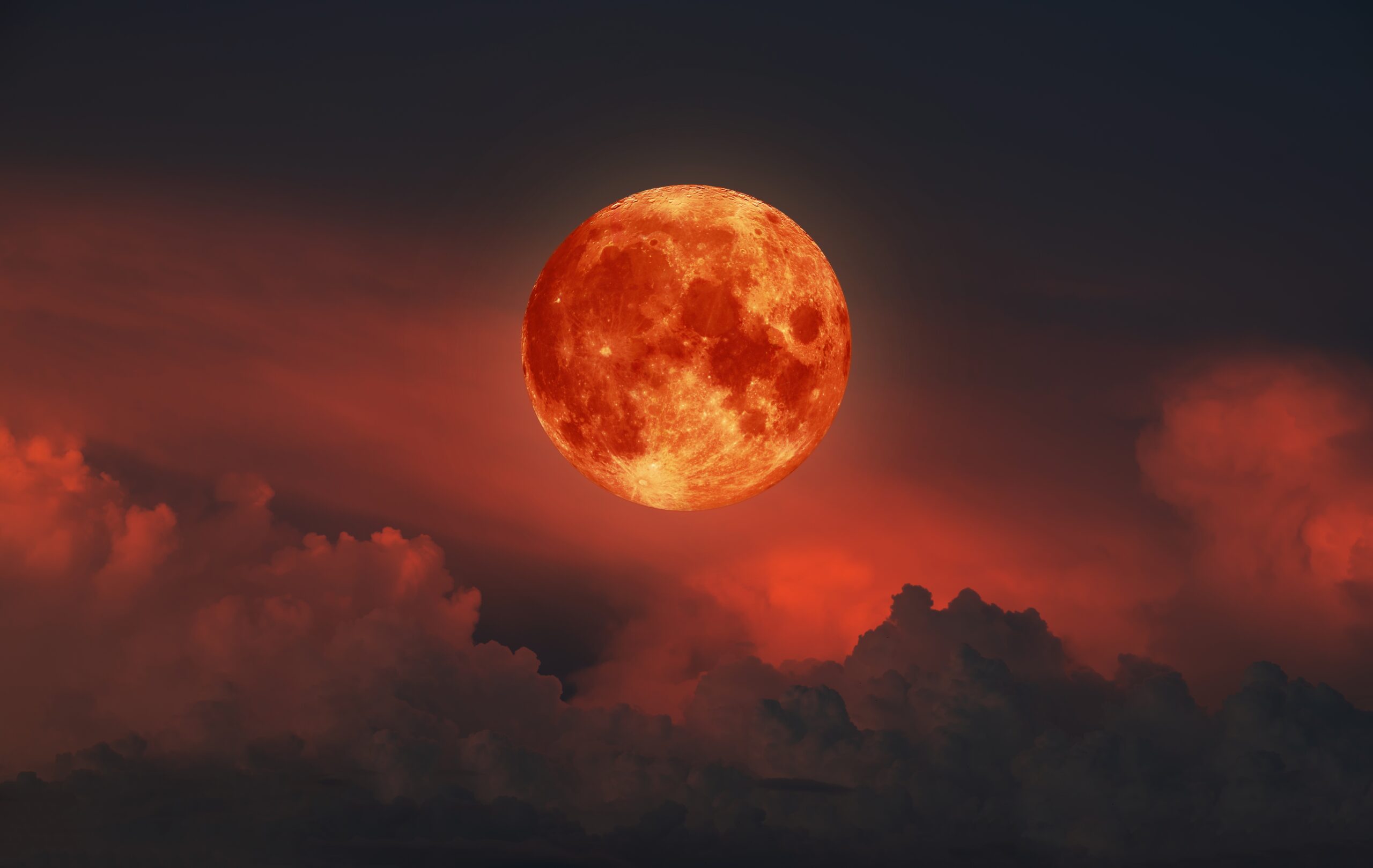This Sunday, September 7, Europe will witness a striking natural spectacle: a total lunar eclipse, popularly known as the blood moon. For 82 minutes, the Earth will cast its shadow fully over the moon, leaving it glowing a deep red as only refracted sunlight passes through the atmosphere. It will be the longest eclipse since 2022.
Throughout history, such events have carried powerful symbolic meaning. In ancient Babylon, China, and Central America, the blood moon was feared as a warning of war, death, or divine punishment. In parts of Africa, however, it was embraced as a symbol of renewal. Among the Batammaliba people of Togo and Benin, a lunar eclipse represents a cosmic conflict between sun and moon—settled through acts of reconciliation within their communities.
Today, astronomy explains the phenomenon in purely physical terms, while astrology continues to interpret it as a moment of turning points and cycles. Astronomer Florian Freistetter dismisses astrological claims as “esoteric nonsense,” calling the eclipse an awe-inspiring but fully understood event. Astrologers such as Silke Schäfer counter that their discipline reflects symbolic patterns and rhythms, not causal mechanics, and argue that astrology is a cultural heritage of over 2,000 years.
Regardless of interpretation, the blood moon remains a rare and dramatic sight in the night sky. Scientists remind us there is no evidence linking lunar eclipses to disasters—but for stargazers, poets, and believers alike, Sunday’s eclipse promises a moment of wonder and reflection.



